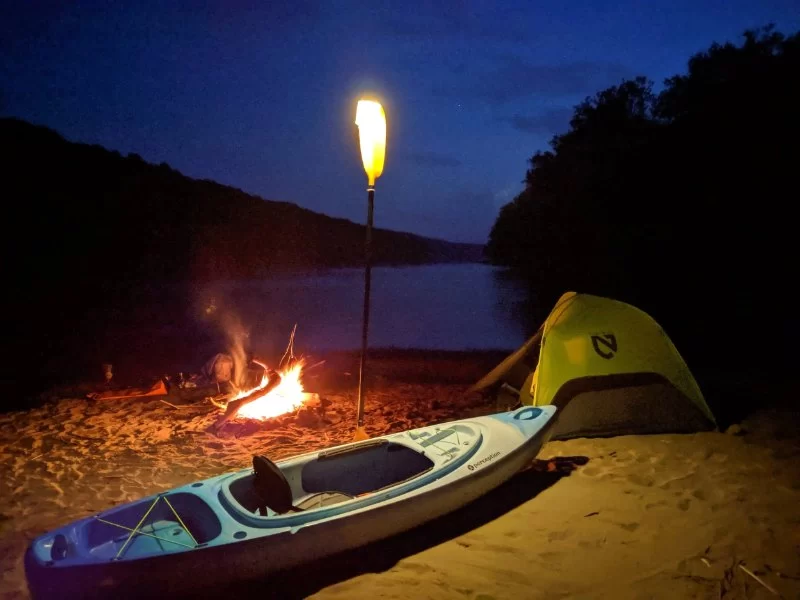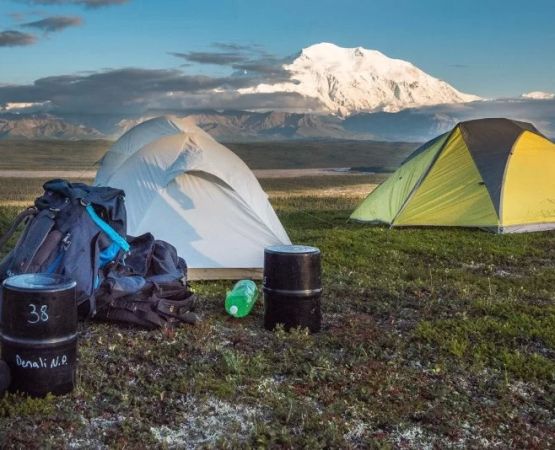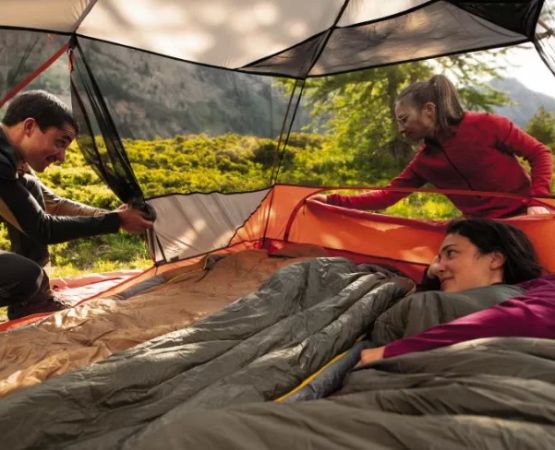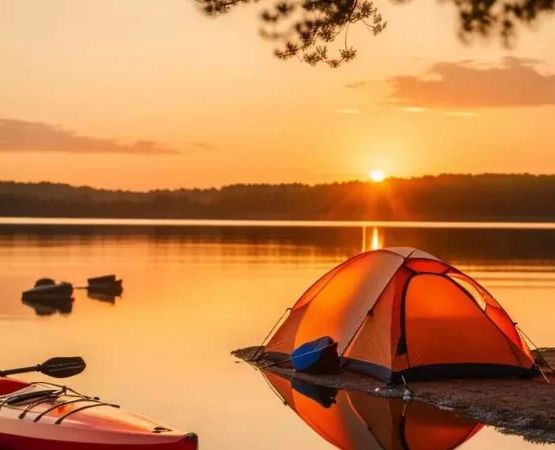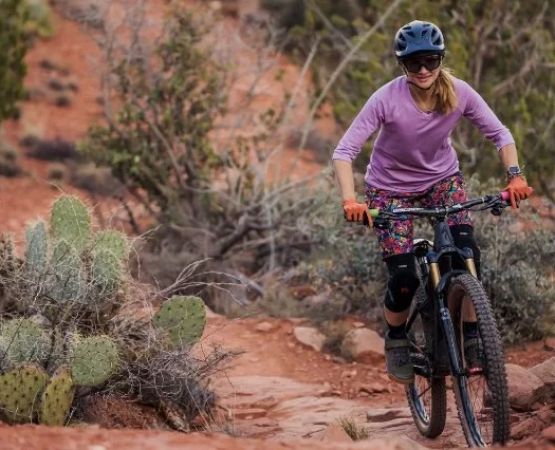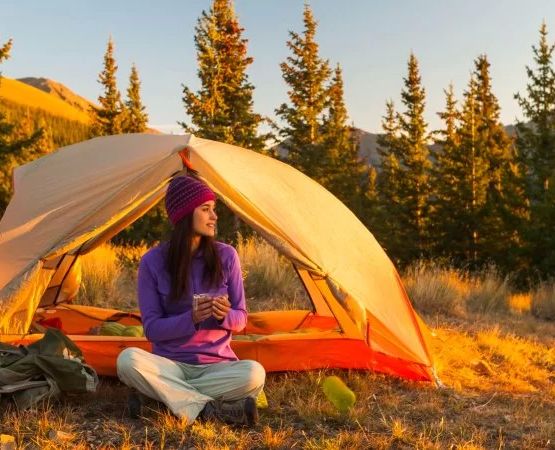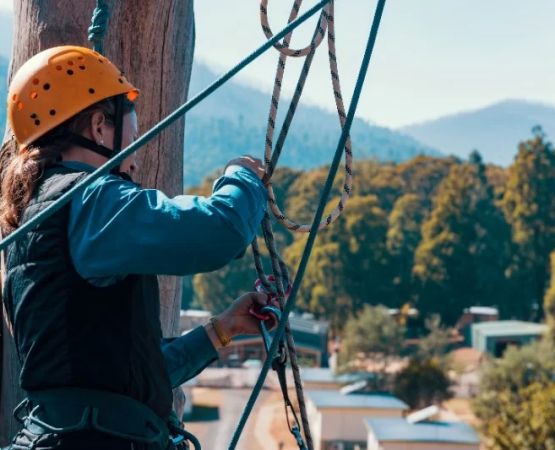Kayaking and Camping: The Ultimate Fusion of Water and Land Adventures
- why‑kayaking‑and‑camping‑go‑hand‑in‑hand
- planning‑your‑kayak‑camping‑route
- gear‑you‑need‑for‑a‑successful‑trip
- real‑stories‑from‑paddle‑and‑camp‑enthusiasts
- expert‑tips‑to‑make‑your‑trip‑safe‑and‑fun
- why‑pine‑cliff‑resort‑is‑the‑perfect‑starting‑point
1. Why Kayaking and Camping Go Hand in Hand
For outdoor lovers, the combination of kayaking and camping is the perfect way to experience nature up close. Kayaking offers a tranquil, often untapped view of rivers, lakes, and coastal inlets, while camping lets you immerse yourself in the wild overnight. Together, they create an unforgettable journey that blends the thrill of paddling with the peace of sleeping under the stars. Unlike RV travel or car camping, kayak camping allows you to reach remote spots inaccessible by road, delivering solitude and scenery in equal measure.
2. Planning Your Kayak Camping Route: Strategy Matters
To maximize your kayaking and camping experience, plan your route with purpose. Consider the distance you can realistically paddle in a day—generally between 8 to 15 miles for most beginners. Always check water conditions, weather forecasts, and public campsite locations along your route. For example, paddlers on the Boundary Waters in Minnesota often pre-map their portages and reserve designated sites. In more relaxed areas like the calm lakes near Pine Cliff Resort, multi-day loops offer flexibility and easy access to services if needed.
3. Essential Gear for a Smooth and Safe Kayak Camping Trip
The key to successful kayak camping is bringing the right gear—balanced between safety, weight, and comfort. In addition to your kayak and paddle, invest in a dry bag to protect food and electronics. A lightweight tent, compact sleeping pad, and water filtration system are must-haves. Don’t forget your PFD (personal flotation device) and first aid kit. Many seasoned adventurers pack dehydrated meals and a portable stove, which keeps the load light but morale high. It’s also smart to bring a map and compass—even in the GPS age.
4. Real Stories from Paddle-and-Camp Enthusiasts
“I remember a trip down the Suwannee River in Florida,” says Alex, a veteran kayak camper. “We had manatees swimming next to us in the morning and slept beside a warm fire under the Spanish moss that night.” Another kayaker, Jenna, recounts her journey in the Pacific Northwest: “I paddled through misty fjords and camped on driftwood beaches. There was a night when bioluminescence lit up the water—it felt like magic.” These stories underscore how kayaking and camping offer not just travel, but transformation.
5. Expert Tips to Make Your Trip Safe and Enjoyable
Here’s where real-world experience makes a difference. First, practice loading your kayak before your trip—improper weight distribution can make paddling awkward or unsafe. Second, always tell someone your plan and carry an emergency beacon in areas with no signal. Third, arrive at campsites early to secure a good spot and avoid paddling in the dark. Lastly, be kind to nature: follow Leave No Trace principles and pack out everything you bring. These tips will ensure your kayaking and camping adventure is rewarding and safe.
6. Why Pine Cliff Resort Is the Ideal Launchpad for Your Adventure
If you're ready to dive into the world of kayaking and camping, Pine Cliff Resort provides the perfect base. With its scenic lake access, gear-friendly accommodations, and nearby trail systems, it caters to both first-time paddlers and seasoned backcountry explorers. Whether you're looking for a weekend paddle trip or a week-long water-bound escape, this resort helps you seamlessly blend relaxation with exploration. Discover the full potential of your water and land adventures by starting your journey with Pine Cliff Resort today.

